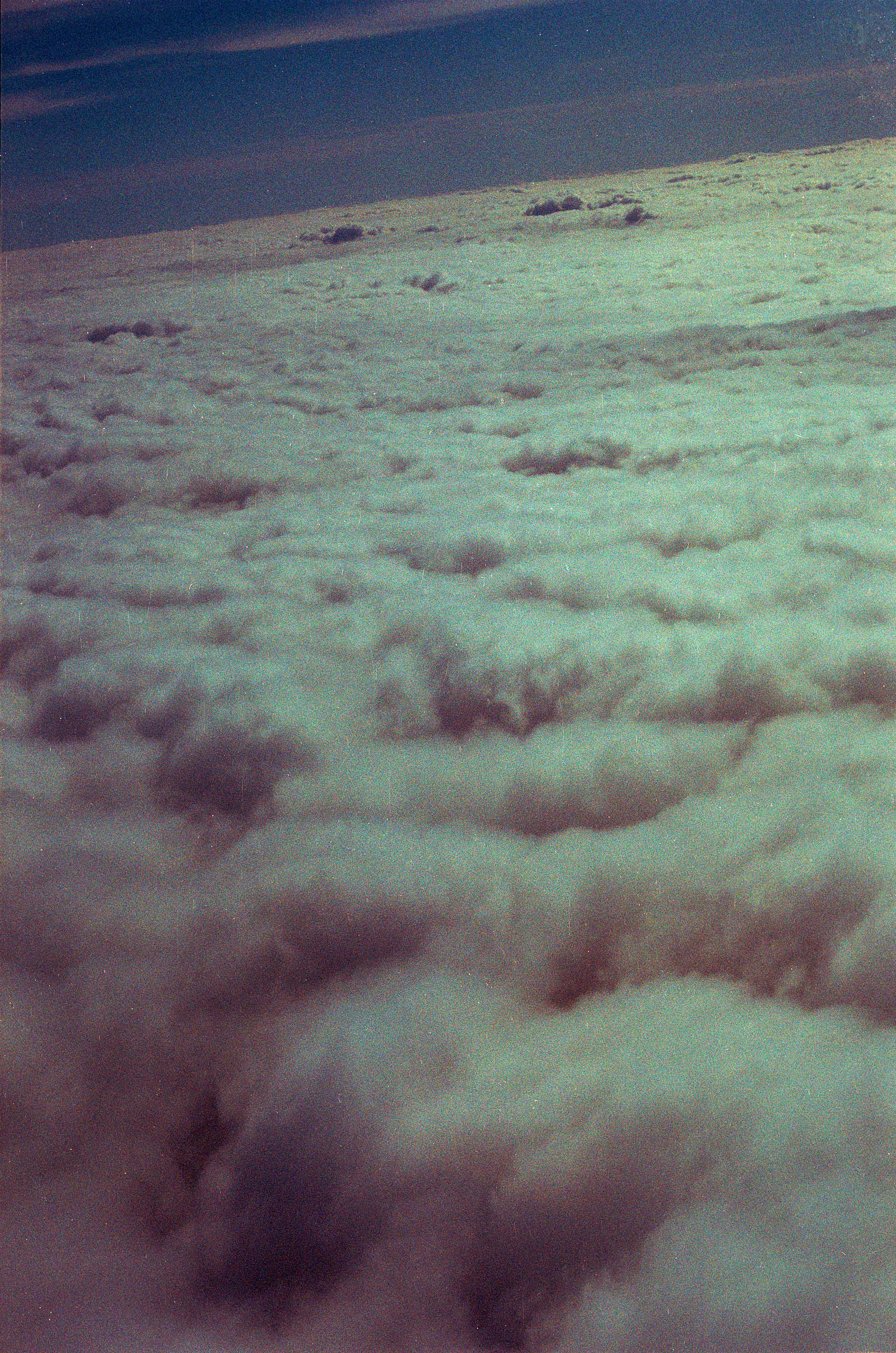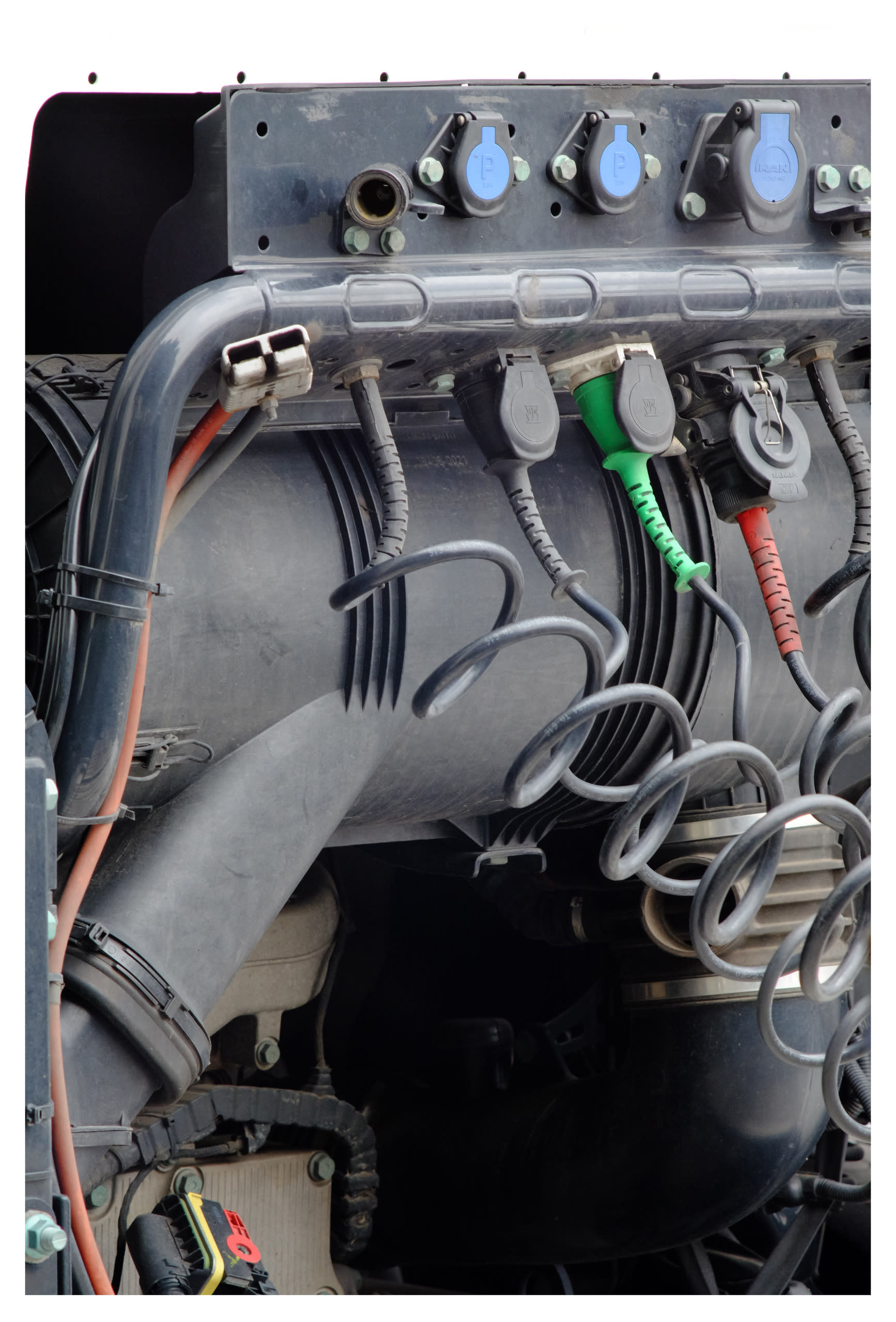My latest work is concerned with exploring the idea of photographic flattening in the relationship between subject to background. The perspectival space of a photograph is dictated by the separation between subject and background and this relationship is one that is completely made up: it is an abstraction created by the technology of the camera. Large scale prints operate into the space of the image, like a hyper zoom lens operates into space. The further the viewer walks into the space the more the subject is revealed: pixels harmonise at the correct distance to make the subject unveiled.
Valentina Passerini


At this current moment a conversation about technology is a conversation about history. Pixels are not detached from the image. They cannot just be something hidden behind resolution. The same is true for chromatic aberration, colour fringing, ISO noise, poor printing quality and any other characteristic that is intrinsic to the current landscape of images. With this, film is part of the equation, mirroring the political return to an imaginary past made of traditional values. It cannot just be nostalgic.The space of an image is intrinsically connected to the socio-political space of the times it is composed in. The perspectival space of a photograph is dictated by the separation between subject and background as an abstraction created by the technology of the camera. The fabrication of the inside/outside space of the image is only grounded further by the rectangular photographic frame as ‘a view’ that extends sight.
Photography acts both in content and structure as a survey of the environment we are immersed in, both physically and online.




